See Paint Markings On A Tree? This Is What Every Color And Symbol Means
Have you ever been walking through a park, down a back road, or even just your own neighborhood, and suddenly you spot a painted stripe or dot on a tree trunk? It could be bright blue, bold orange, or maybe even purple. But what do these marks mean, and who put them there? Whether you live in a rural area or in a city, it’s worth learning how to read these paint marks, as they can signal everything from trail markers to no trespassing zones.
Blue Paint Means Trail Markers in Most Rural Areas
If you’re hiking or walking in a nature reserve and see a blue stripe or dot, it means that you’re probably on a maintained trail. Blue is commonly used to mark public access paths, especially on state and national land. Sometimes you’ll also see double blazes stacked vertically, which can signal that you’re coming up to a turn in the path. These marks help hikers stay on course, especially when there aren’t many trail signs around. In most cases, blue means you’re welcome and on the right path, but stay aware of your surroundings.
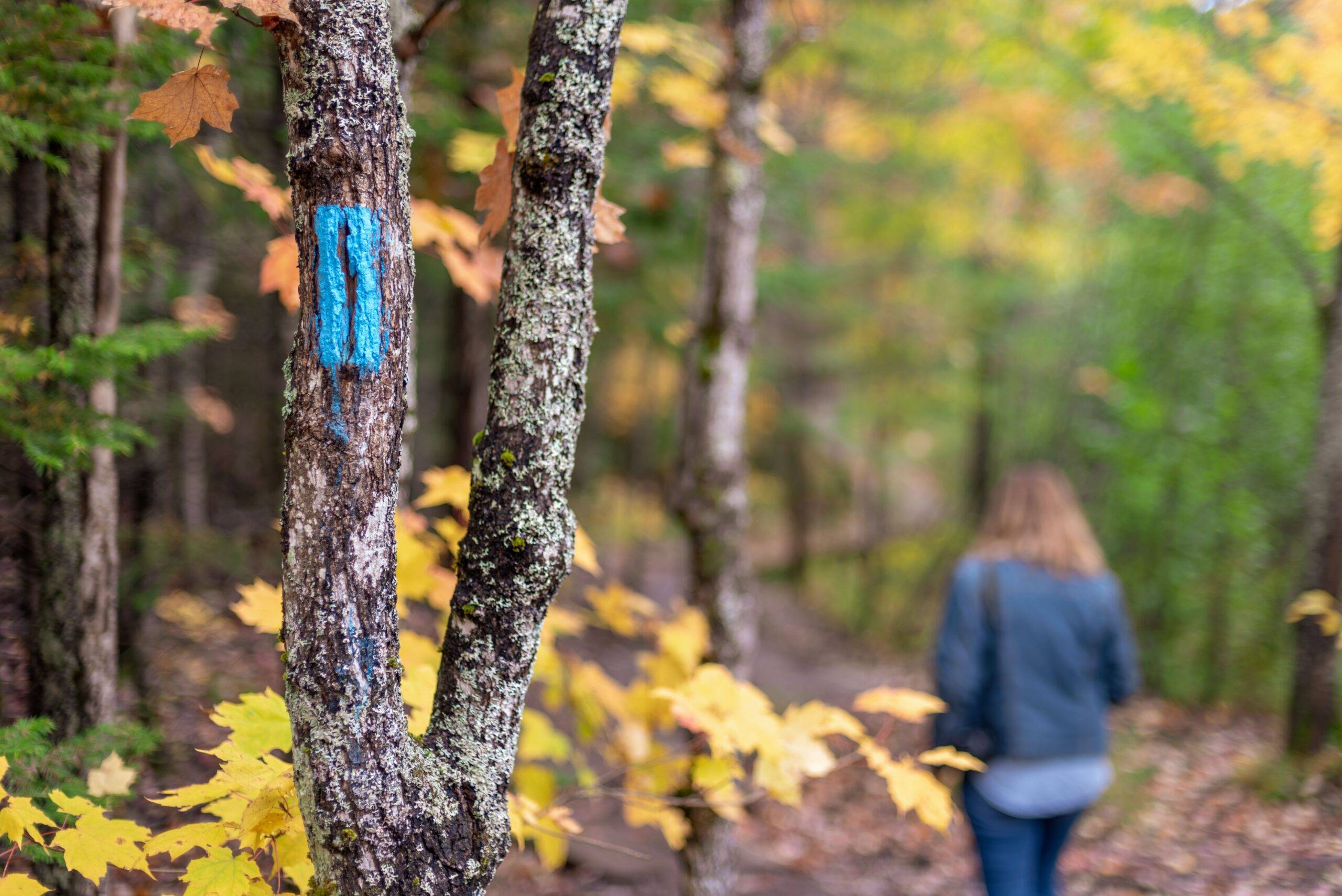
Orange or Red Paint Means the Tree Is Coming Down
In both rural and city areas, red or orange paint is typically used by forestry crews, utility companies, or city workers to mark a tree for removal. If it’s marked with a big “X” or a solid ring painted around the trunk, it may be scheduled to be cut down because of disease, storm damage, or a new construction project. If the mark is on a tree on your property and you didn’t authorize it, contact your city or utility provider right away to see if you can save the tree.
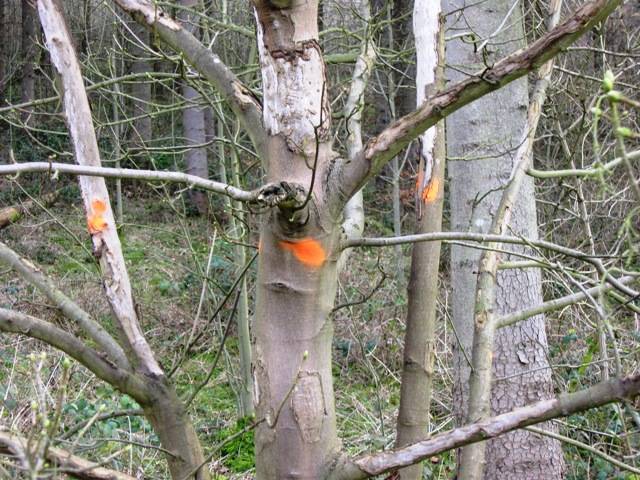
White Paint Is Often a Boundary or Survey Marker
In many rural regions, white stripes or dots on trees are used to mark property boundaries, especially on land that has forest areas. A single white vertical line may mark the edge of a timber lot or hunting zone, while double white lines might indicate an entry or exit point. In urban areas, white paint can also be used for tree inventories or construction planning. When in doubt, it usually means someone’s keeping track of that tree.
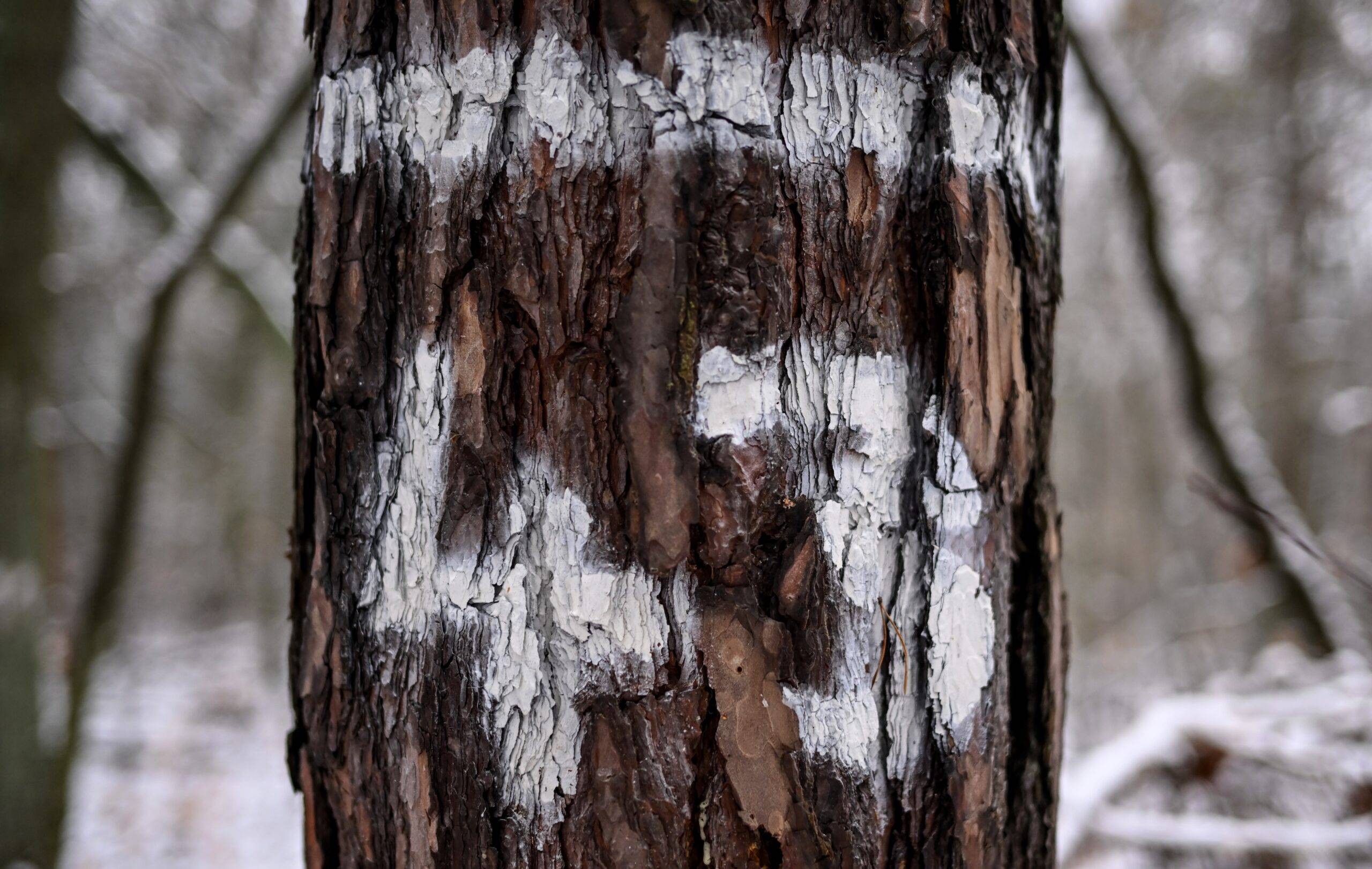
Pink Paint Signals Land Survey Work in Progress
Pink is the go-to color for land surveyors because it stands out against all natural tree colors and isn’t easily confused with other forestry marks. You’ll often see pink spray paint near construction sites, along roads, or even in suburban neighborhoods where development is happening. These marks don’t always mean a tree is coming down, but they do mean change is coming nearby that may or may not impact the tree. If the pink paint is fresh, you might want to look into what’s being planned.
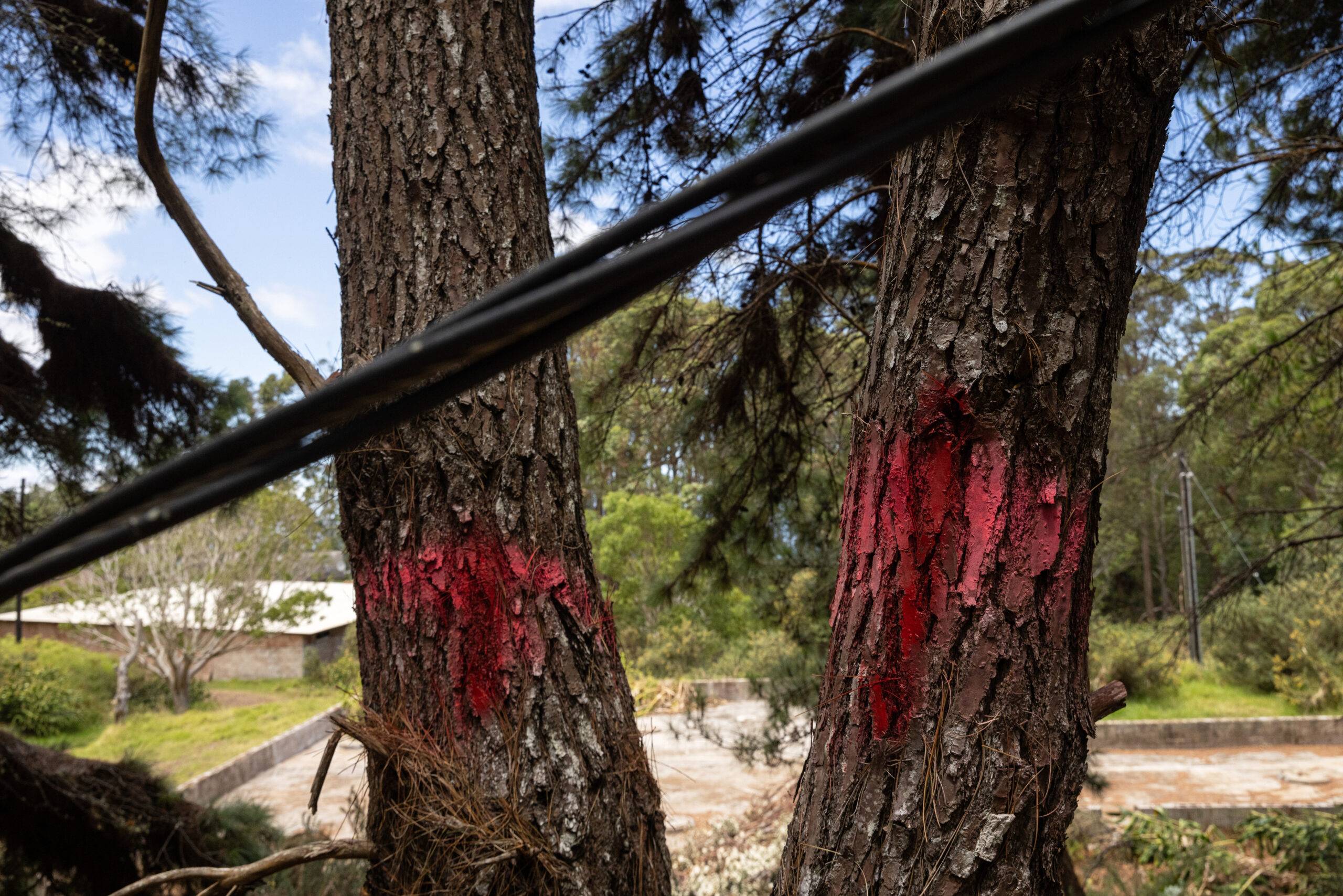
Green Paint Sometimes Means a Tree Will Be Spared
Not all markings are warnings. Green paint, especially when used in contrast to red or orange marks, can be a sign that the tree is protected or designated to remain standing. In forestry operations, green can be used to identify trees left behind for habitat preservation or regrowth planning. In city parks, it might mean the tree is healthy and not up for removal. If you’re seeing green dots or check marks, it’s usually a good sign.
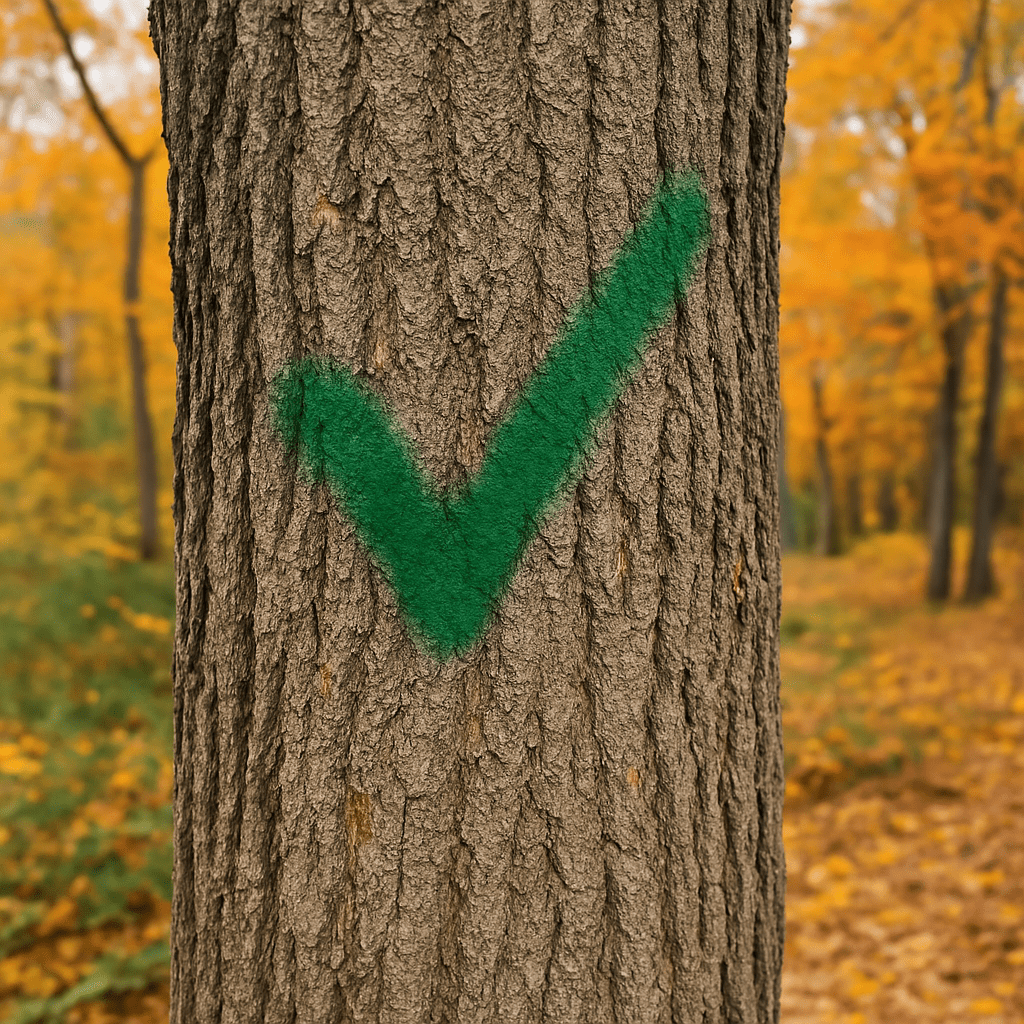
Purple Paint Means “No Trespassing” in Rural States
It might sound strange, but in several U.S. states, especially in the South and Midwest, purple paint on trees is a legally recognized substitute for a “No Trespassing” sign. The laws vary by state, but typically a vertical line or band of purple paint on a tree near eye level means you’re crossing into private land and should turn back. It’s a long-lasting warning that’s harder to remove than a sign, and ignoring it could get you fined or worse.
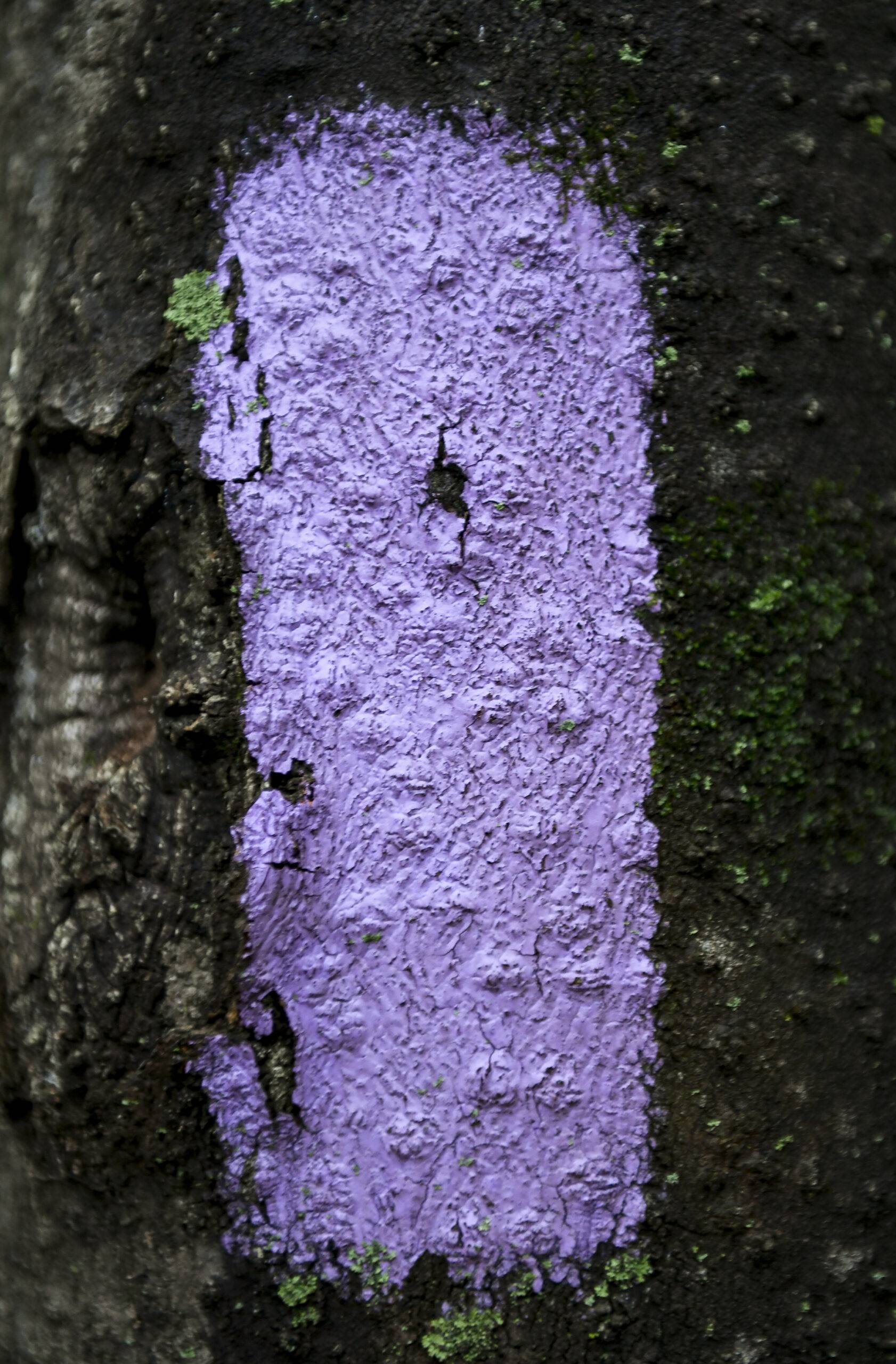
Letters and Numbers = Tree Inventory or Inspection
When you see a number, code, or a small letter stenciled onto a tree, usually in white or yellow, it typically means that tree is part of an inventory or inspection project. Cities and towns use these codes to track tree health, maintenance schedules, or pest treatment. In more rural areas, forestry departments also use them for logging plans. These trees might stay or go, depending on the results of the inspection. So if the marks are on your land, it might be worth asking.
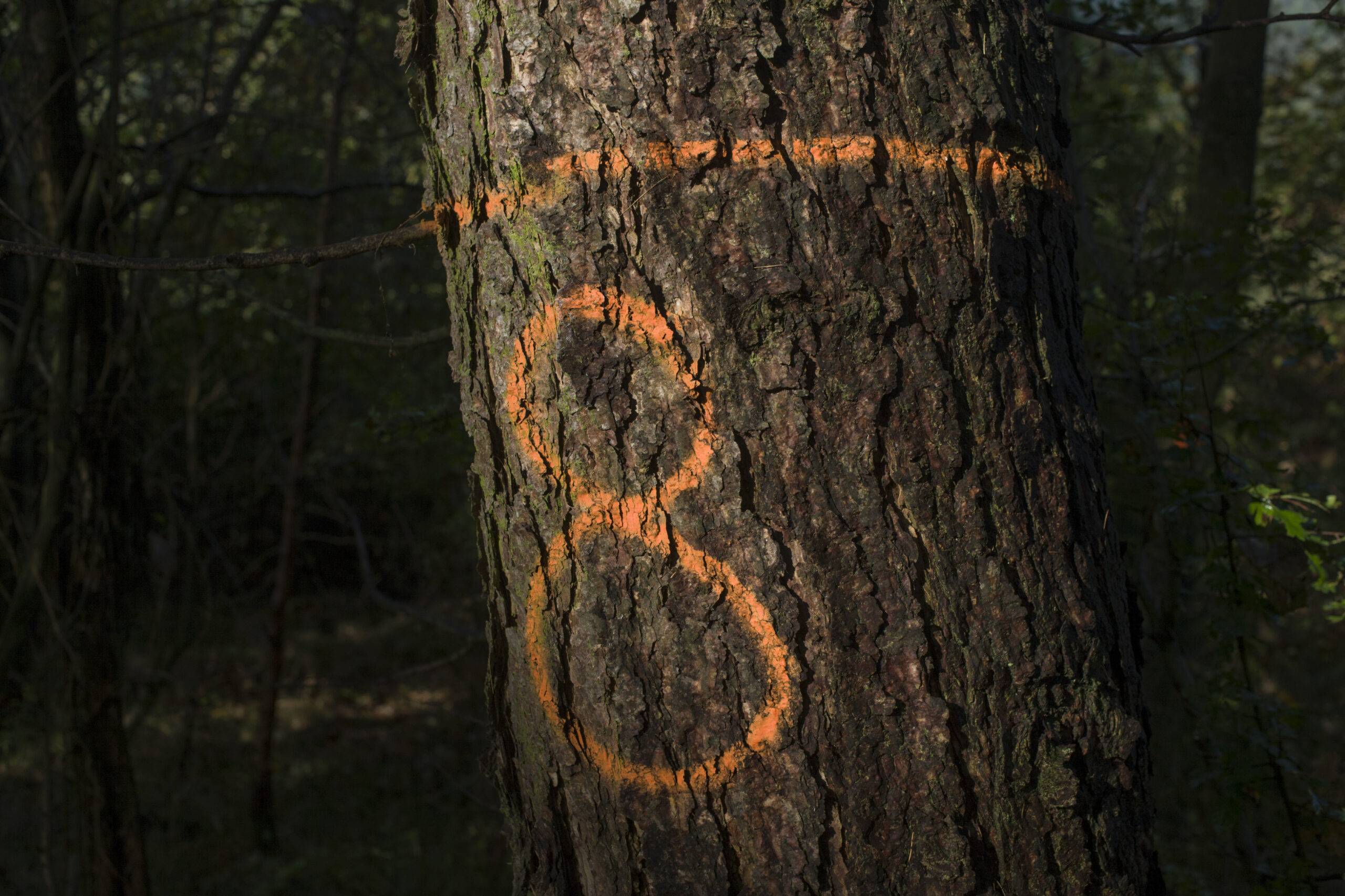
X Almost Always Marks The Spot For Removal
The most universal symbol across tree markings is a simple X. In almost every case, this means the tree is marked for removal. That could be because it’s dead, leaning dangerously, diseased, or interfering with power lines. If you see a red, orange, or even white X on a tree you care about, especially in a city or public space, don’t wait. Call the parks department, forestry agency, or utility company to understand why it was marked and if it can be spared.
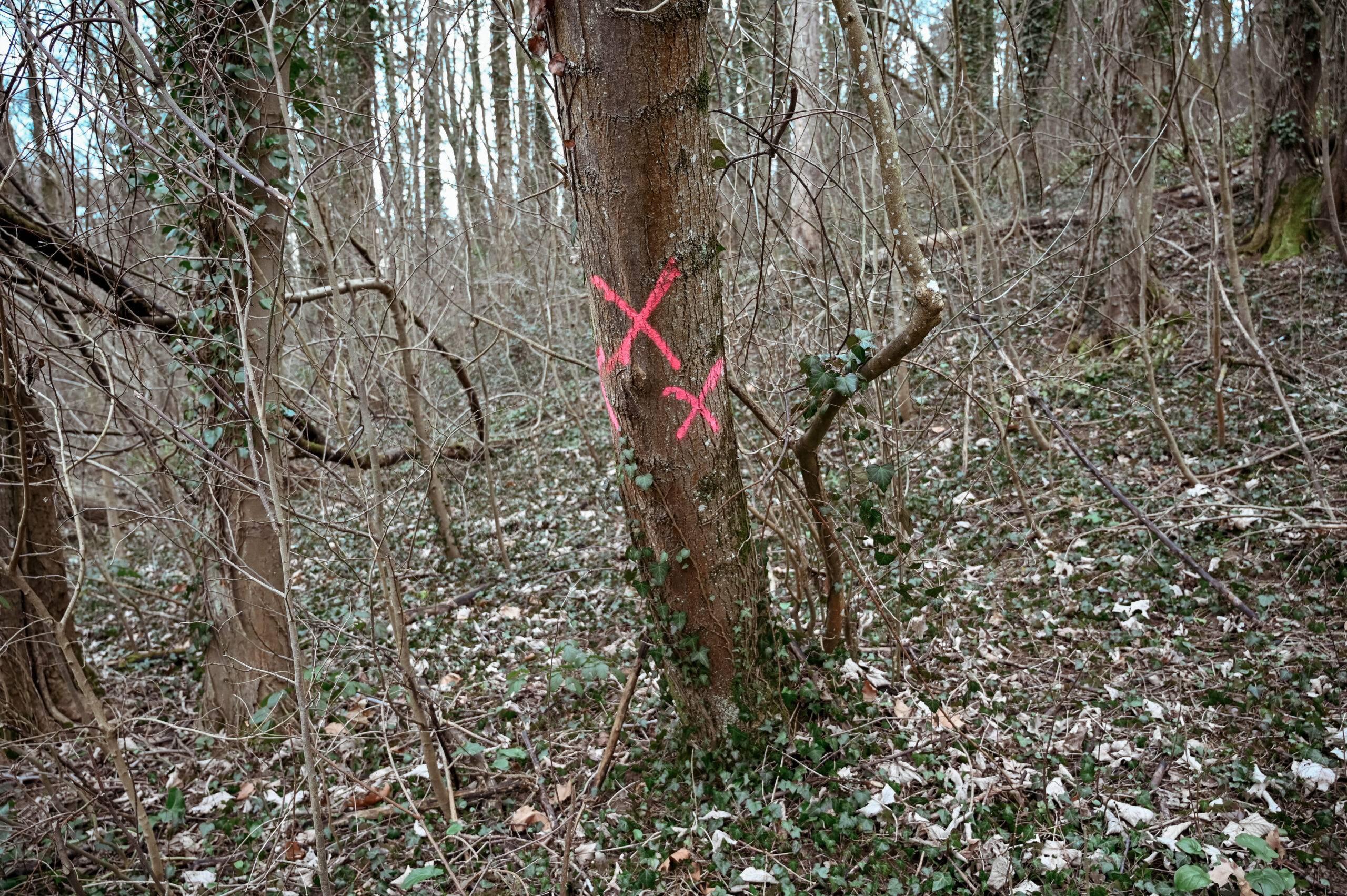
Paint Doesn’t Always Mean Official Business
Sometimes a mark is just a mark. A local arborist might spray a tree they’re working on or a neighbor could just be planning their own pruning project. In fact, it might just be kids playing with paint in the woods. So don’t assume every splash of color is a sign of doom or development, but if the marks look organized, repeated, or professionally done, it’s worth looking into. It might just give you some insight into what’s happening next on your street or in your woods.
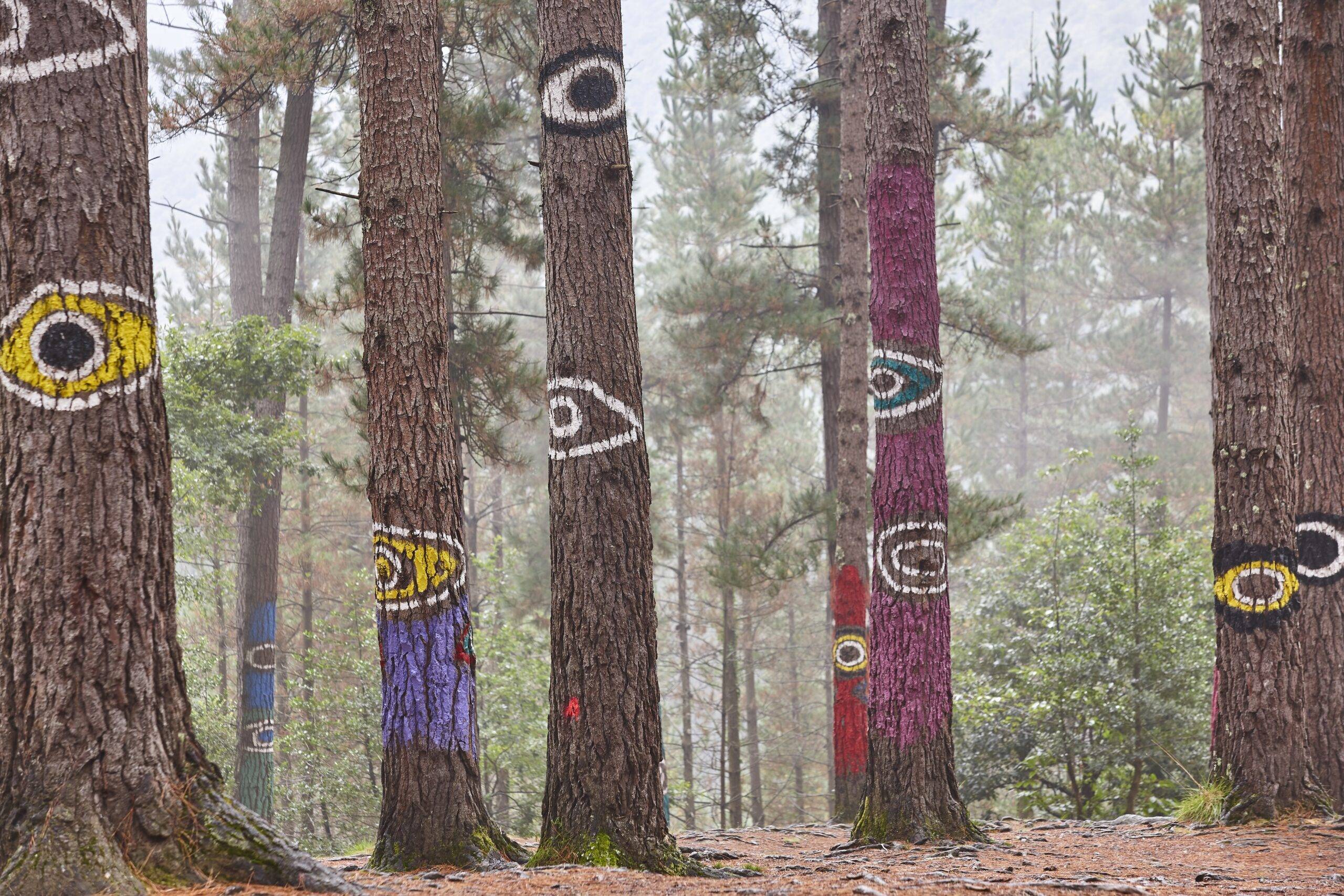
Related Articles
- Trees With Non-Invasive Roots: 6 Trees With Roots That Grow Straight Down
- Prune Your Trees This Way For Maximum Growth And Health
- What To Do About A Neighbors Tree That’s Growing Onto Your Property
Paint on a tree might seem small or easy to overlook, but it often tells an important story. Whether it’s protecting a trail, marking a boundary, or preparing for a major change, those colors and symbols are speaking a language that says a lot. Learning to read them is a simple way to stay informed, protect your land, and make sure your local green spaces stay healthy, safe, and (hopefully) unmarked.









